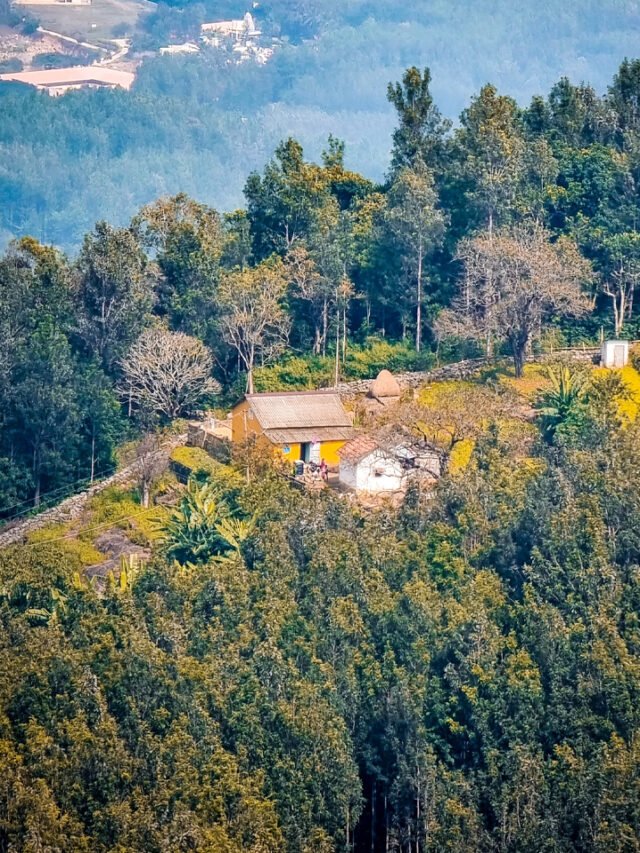MUZAFFARPUR/GOPALGANJ (BIHAR), March 28: Far from the world of scientists studying climate change, the twin whammies of altered rainfall patterns and rising temperatures are being felt every day in villages such as Sher in Bihar where lymphatic filariasis and other neglected tropical diseases lurk in dank corners.
Climate change, which brings with it floods and droughts, is also leading to more mosquitoes and sandflies and therefore a spike in diseases such as lymphatic filariasis, commonly known as elephantiasis, dengue and visceral leishmaniasis (VL) or kala azar. As the summer sets in, so does the threat of transmission of these diseases with the heat creating fertile breeding grounds for the vectors.
“Climate change is fundamentally altering vector ecology, favouring the survival and reproduction of disease carrying vectors like mosquitoes and sandflies,” said Dr Bhupendra Tripathi, a New Delhi-based scientist.
“This phenomenon extends their range and boosts their population densities, thus expanding vector habitats. Consequently, previously unaffected regions are now susceptible to vector-borne diseases such as LF and VL, with instances emerging in places like Uttarakhand,” the MD and deputy director, Infectious Diseases and Vaccine Delivery, Bill & Melinda Gates Foundation, India Country Office.
Bihar’s Sher village is testament that the fears of scientists and other experts are very real.
Walking through the labyrinthine lanes of the village, Kusum Begum is tasked with not just distributing medicines to combat LF, a debilitating disease caused by parasitic worms transmitted to humans through infected mosquitoes, but also increasing awareness.
“Climate change is making our battle against diseases like lymphatic filariasis even more challenging. We must act swiftly to mitigate these threats,” Kusum said.
“I tell the villagers that they must wear full sleeves clothes, sleep in mosquito nets and most importantly ensure that water doesn’t accumulate,” she said.
Shanti Devi, a community leader in Mugal Biracha village in Gopalganj district, has taken charge of spreading awareness on disease prevention and climate resilience.
“We must arm ourselves with knowledge on protecting against mosquito bites and understand the importance of curbing disease spread. Because we don’t know when the situation will worsen,” she said.
Bihar is likely to witness hotter summers and scantier rainfall in the next two decades. This may pose greater health risks with more severe heat waves and an “exponential” rise in vector-borne diseases, according to a recent submission before the state assembly by the Department of Environment, Forest and Climate Change (DEFCC) which cited a report of the Bihar State Pollution Control Board (BSPCB).
Underscoring the urgency of addressing the impact of climate change, Parmeshwar Prasad, additional director and Bihar Programme Officer of Lymphatic Filariasis, said India is on way to achieving its target of eradication by 2027 but the challenges are plenty.
“In view of rising temperatures we are recommending and taking action at two levels – individual and societal,” he said.
“At the individual level, we tell people to use mosquito repellents and let fumigation gas come indoors… at the societal level, public should support efforts such as fumigation. We are making all these preparations so that in anticipation of rising temperatures and increased moisture due to climate change, the impact can be minimised.”
Tripathi added that climate change directly affects the spread and prevalence of neglected tropical diseases (NTD) like LF and VL in different areas of India by influencing vector ecology, geographical expansion, human migration patterns, vector adaptations, and changes in local infrastructure.
VL is caused by infection with leishmania parasites that are transmitted by the bite of sandflies.
“Integrating climate change adaptation strategies into NTD control and elimination efforts requires a multidisciplinary approach that incorporates advanced modelling techniques, anticipatory planning, and adaptation of existing control measures. By doing so, we can better prepare for and mitigate the impacts of climate change on NTD burden, ultimately advancing towards the goal of eliminating these diseases in affected communities,” he said.
Projections of shifting rainfall patterns in Bihar and soaring temperatures paint a grim picture, underscoring the urgent need for action. Higher temperatures could lead to an exponential rise of vector-borne diseases.
Fourteen of the 50 districts, including Muzaffarpur and Gopalganj, are considered most vulnerable to climate change in India are in Bihar, said BSPCB chairperson Devendra Kumar Shukla.
“Only through collective action can we safeguard the health and well-being of our communities,” he said.
In response to the expected rise of vector-borne diseases, patients who suffer from LF have formed a network to distribute medicines to prevent further spread of the disease. They are also disseminating information on how to implement preventative measures.
Community meetings are held regularly to educate residents on the importance of sanitation and proper waste disposal in reducing mosquito breeding sites.
Neglected tropical diseases (NTDs) are a diverse group of conditions caused by a variety of pathogens (including viruses, bacteria, parasites, fungi and toxins) and associated with devastating health, social and economic consequences.
The World Health Organization recognises 20 neglected tropical diseases, of which 12 are present in India. The NTDs most prevalent in India are LF, VL, leptospirosis, leprosy, rabies, soil-transmitted helminthiasis, and dengue fever. (PTI)












